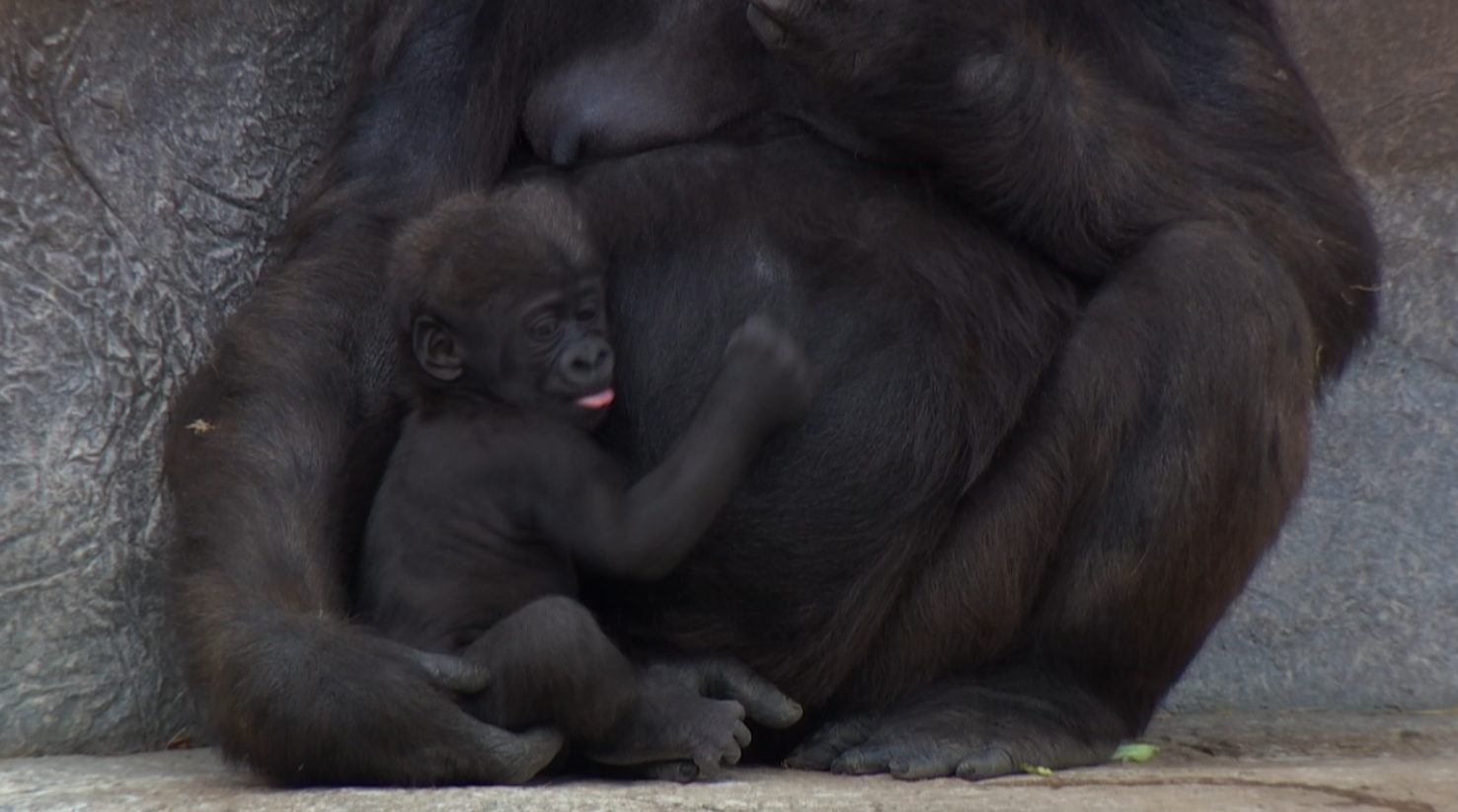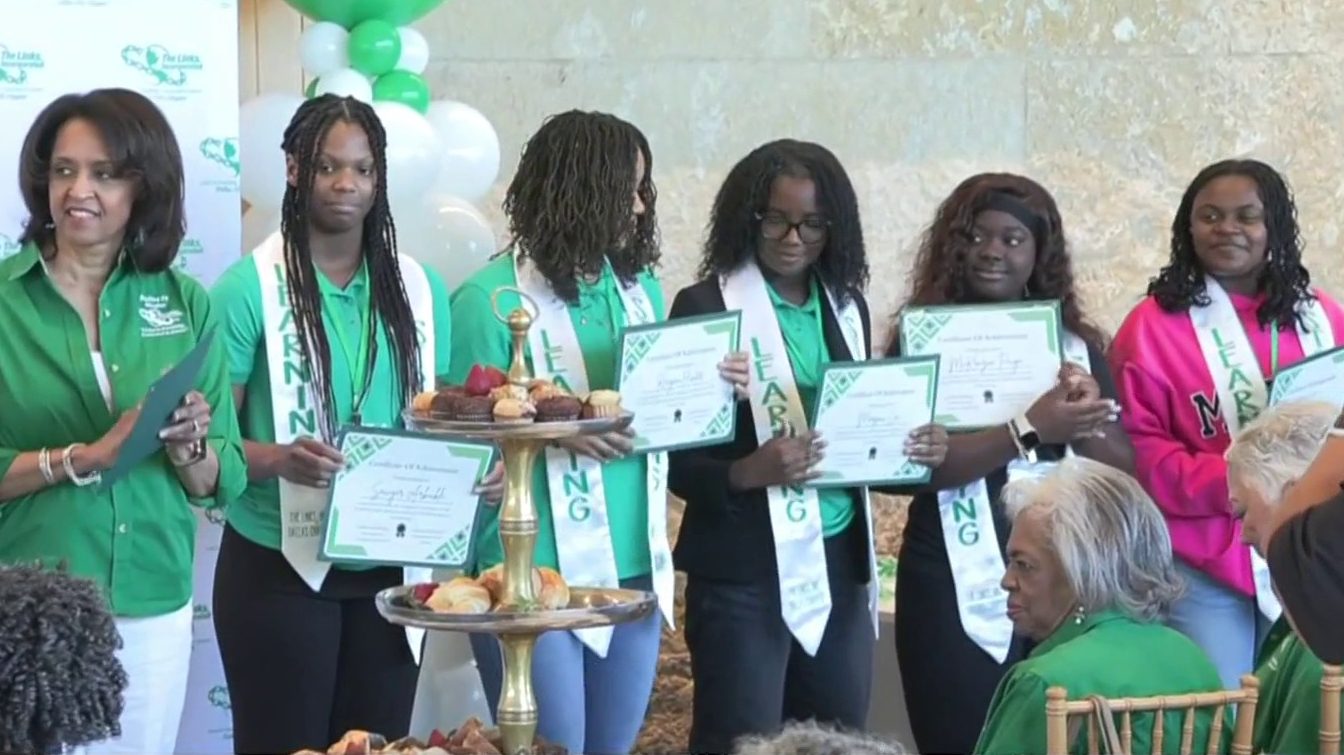Before he pushed the button that he hoped would blow up a 60-story office tower and kill thousands of people, Hosam Smadi did two things that still bother FBI officials 13 months later.
An undercover agent posing as an al-Qaida terrorist offered Smadi ear plugs. He declined, saying he wanted to hear the explosion. Then he used his cell phone to secure a ghastly souvenir -- a final picture of the building before it blew.
The inside story of the investigation, compiled from court documents and interviews with FBI officials in Dallas, is a tale of how the FBI stayed ahead of the would-be terrorist, giving him a decoy bomb and preventing him from harming anyone.
FBI officials offer a different portrayal of the meek, mild and apologetic young man who spoke politely to the judge during his two day sentencing hearing, which ended Tuesday with Smadi receiving 24 years in federal prison after pleading guilty to attempted use of a weapon of mass destruction.
"He absolutely believed he had found al-Qaida, was committing an act on the scale of 9-11 and that he was going to get away with it," Tom Petrowski, the supervisory agent who led the FBI operation, told The Associated Press. "He loved (Osama) bin Laden more than his parents. He said he would die for him, intended to die for him, expected to die for him. He believed to the core that this was his destiny."
The 20-year-old Jordanian man was arrested in September 2009 after Smadi left what he thought was a truck bomb in a garage beneath the Fountain Place building in downtown Dallas.
In his plea agreement, Smadi said he parked the truck, activated a timer connected to the decoy provided by undercover FBI employees, then rode away to watch the building fall.
When Smadi dialed a cell phone number from the roof of a nearby parking garage, he thought he was setting off his truck bomb. But it was the FBI's final trick. Instead of blowing up the building, the call alerted tactical agents hiding in a stairwell, who swarmed the rooftop and arrested the teenager.
"It went like clockwork," said Robert Casey, the special agent in charge of the Dallas division.
Local
The latest news from around North Texas.
Thus ended months of surveillance and planning that began when the FBI first took note of a teenager south of Dallas posting angry messages on a website frequented by Islamic extremists. Smadi, typing out his hatred for Americans and Jews, was looking for a group to help him wage a holy war.
"Where he stood out was that he said, "I want to act,"' Petrowski said. "People have the right to speak the unspeakable, but he was actively looking for help."
Still, the FBI wasn't convinced Smadi meant business. He was a teenager working at a travel stop barbecue joint along the interstate near Italy, Texas. He had no criminal history, no terrorism ties and no means to carry out his vague plans.
After communicating by e-mail, an undercover FBI employee posing as a terrorist arranged the first of six in-person meetings with Smadi. It was a make-or-break moment. Either Smadi was blowing off steam on the Internet, or he was a genuine wannabe terrorist.
"At the first in-person, he really blew us away. His gut level of commitment was amazing," Petrowski said. "When he left that day, there was no question he was real. He had an ice-cold, unhesitating commitment to commit mass murder."
The bureau discussed simply deporting Smadi, whose visa paperwork was not in order. It would have been a simple and inexpensive solution, certainly less complex than trying to covertly monitor a teenager in small-town Texas.
But Smadi explicitly told undercover agents that, had he not met them, he would have continued his search for al-Qaida sleeper cells. And the FBI's behavioral analysts also predicted that Smadi, if sent home, would try to connect with terrorists.
So the FBI tried something else: talking him out of it. The undercover employees told Smadi there were many ways he could commit jihad that didn't involve killing Americans. If Smadi had any "hesitation, doubt or fear ... we would depart now as friends and brothers in Islam without any anger at all," an agent wrote.
But Smadi said he wanted to cause "an attack that shakes the world," he wrote. The harder the FBI tried to talk Smadi out of it, the more firm he became.
"He kept coming back and reinforcing his commitment that he would do this," Casey said. "We created the opportunities. He bit on them."
Peter Fleury, one of Smadi's public defenders, contended that Smadi was ill but harmless. The FBI cultivated Smadi, Fleury argued, encouraging a lonely and isolated teenager every time he expressed interest in violence. They transformed a busboy into a terrorist, he said.
"He wouldn't build a bomb," Fleury said dismissively.
But he did push its button. The office tower was not Smadi's first target. He first checked out a National Guard armory but decided he was setting his sights too low. Then he considered an airport but decided security was too high and that "it was not a good time to do airports," Petrowski said.
He settled on Fountain Place, a distinctive office tower of green reflective glass easy to identify in the Dallas skyline. Smadi liked the "beauty and conspicuousness" of the building, and believed that taking out a bank that leased space there would shake the U.S. economy, Petrowski said.
At his sentencing, Smadi denounced bin Laden as "a bad man." But as the day of the bombing neared, he made a martyrdom video in the hope that it would be played for the terrorist leader. He took hours to prepare his speech, fought back tears as he selected religious verses and then donned a kaffiyeh, an Arab headdress, before hitting record.
Speaking in Arabic, Smadi says, "The date of the blessed strikes, September 11, was a celebration for us. So, let us make another date become a celebration for us that history will mark for us. Now it has come." Other comments made by Smadi included, "You are more beloved to me than my father and mother," and "My sole dream was to join your brave organization, and this has been achieved by Allah's will."
On Sept. 24, 2009, Smadi took possession of a black, four-door Ford Explorer pickup truck furnished by the FBI. In the bed of the truck were three large storage bins, with a fourth in the back seat secured by a seat belt. Inside were 550 pounds of explosives-grade fertilizer, along with nails and screws for shrapnel.
On top of the bins were fake C-4 plastic explosives and blasting caps, with green and yellow wiring. A timing device connected to a cell phone was in the console in between the front seats.
Smadi, wearing a valet uniform, drove the truck into the visitor's garage beneath the office tower, parking beneath a "Bank Customers Only" sign.
As he walked up the ramp and out of the garage, however, Smadi realized a mistake. The visitor's lot was not directly beneath the building, but just off to the side. When he met with the undercover FBI employee who was parked in a nearby vehicle, he three times said he wanted to go back in and move the car to make sure it would drop the building.
The agent convinced him the bomb would work anyway, so the men drove to an aboveground parking garage, where Smadi dialed the phone that signaled the FBI to move in.
"I harbored hope that at the 11th hour, he just wouldn't do it," Petrowski said.
There's another question that still bothers agents.
"How many Hosam Smadis are out there that we don't know about?" Petrowski said. "If a person like that lives in Italy, Texas, where are the others?"
NBCDFW's Greg Janda contributed to an earlier version of this report.



